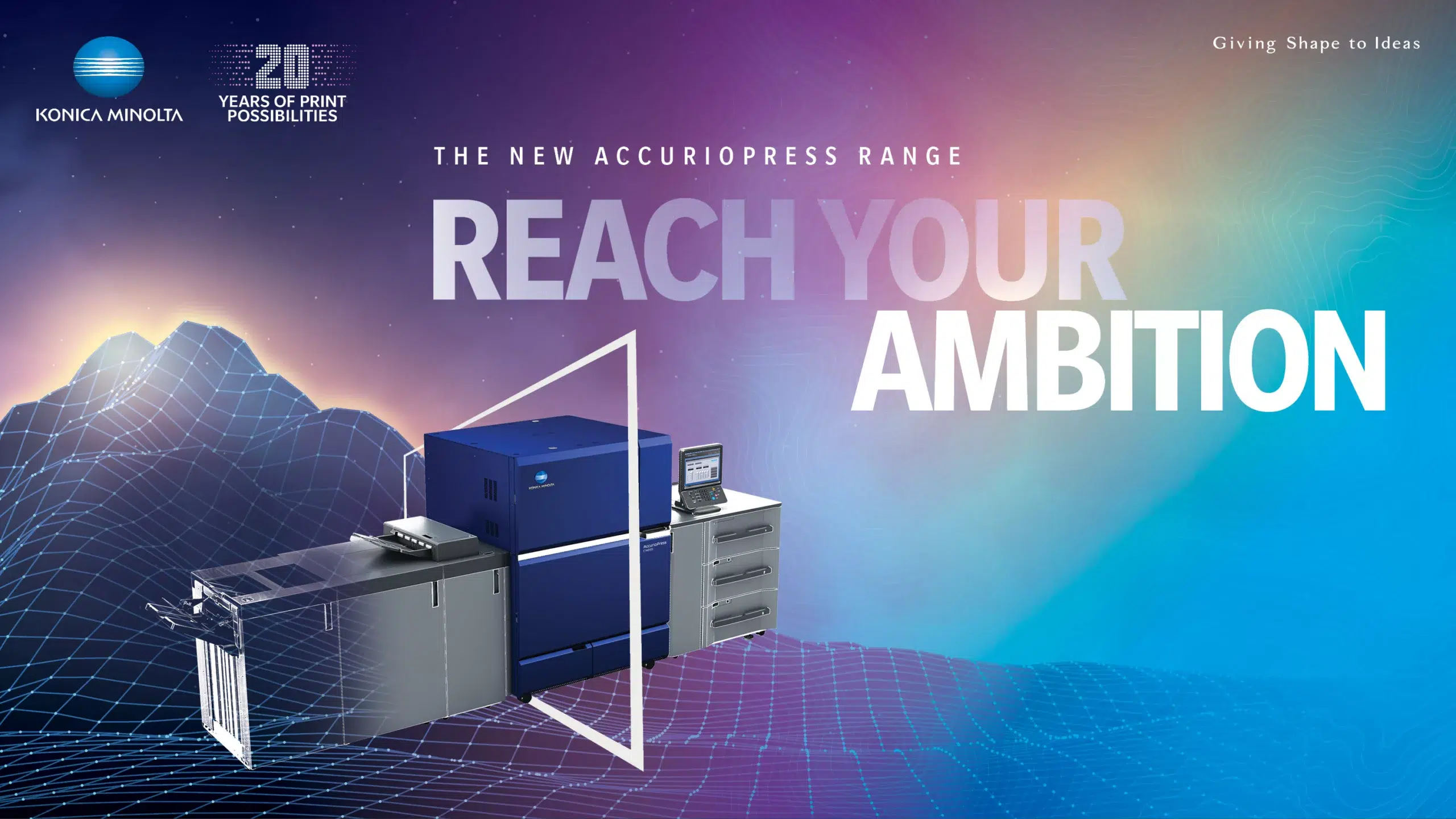The commercial printing industry is rapidly evolving, continually advancing towards more efficient and innovative solutions. Businesses are increasingly adopting printing solutions that let them drive greater levels of productivity without compromising on cost efficiencies.
Technology advancements have driven the adoption of digital printing solutions, empowering businesses of all sizes to take more control of their printing needs. Digital printers can handle print runs across varied substrates—such as folding carton, pouches, pillow boxes, wooden packaging, and more—letting companies print in increasingly sophisticated and artistic ways. For the ecommerce industry, this is essential in creating eye-catching packaging that helps attract consumers.
Digital label and packaging solutions (L&P) are a key area of growth, driven by the rise in ecommerce. Businesses want the capability to print beautiful labels and packages on demand. However, ecommerce companies, and many others, are also inhibited by growing sustainability concerns and the impact that elaborate packaging has on the environment.
The case for sustainable printing
The desire for sustainability is increasingly driving changes in consumer behaviours, forcing businesses to adapt their processes and invest in more environmentally friendly solutions. The printing industry at large is a key area of concern given the misconceptions that surround the paper-making process and its impact on the environment, such as paper being made more from waste products (e.g., wood chips, sawmill scraps, and recycled paper) than fresh-cut trees.
The rise in automation and digital printing solutions, coupled with the increased use of sustainable, renewable, and recycled materials, is helping improve both reality and public perception. According to the report, digital printing offers a far more favourable solution compared to outdated, analogue printing technologies, as it uses less energy and has a smaller overall carbon footprint.
Konica Minolta launched the IQ-501 (Intelligent Quality Optimiser) several years ago now to address wastage for set up and printing errors. This inbuilt technology has proven a win for owners and operators by also reducing time for set up and providing greater print efficiencies.
The report also points out that digital printing solutions generate less waste compared to their more traditional printing counterparts and reduce the need for stockpiling and warehousing raw materials and printed products, improving sustainability. Additionally, the capability to print on demand lets businesses ensure that the designs they print are current, eliminating the need for wasted, outdated packaging that ends up in landfill or pulped.
Konica Minolta has sustainability front-and-centre and is committed to evolving its digital printing ecosystem to deliver more sustainable and environmentally friendly solutions. It has received the highest level in the EcoVadis Sustainability Ratings and was listed among the 2021 Global 100 Most Sustainable Corporations in the World.1
To help drive sustainability across printing and packaging, Konica Minolta’s label printing portfolio includes the AccurioLabel and the AccurioPro Flux Label Impose-related software, which help businesses leverage automation and innovative technologies for more sustainable labelling and packaging. The AccurioLabel solution lets businesses personalise their printing on demand and reduce waste alongside costs.
For more information on how Konica Minolta and the AccurioLabel solution can help you deliver more sustainable labelling and packaging for your business, visit AccurioLabel 400.
[1] https://www.corporateknights.com/rankings/global-100-rankings/2021-global-100-rankings/2021-global-100-ranking/




